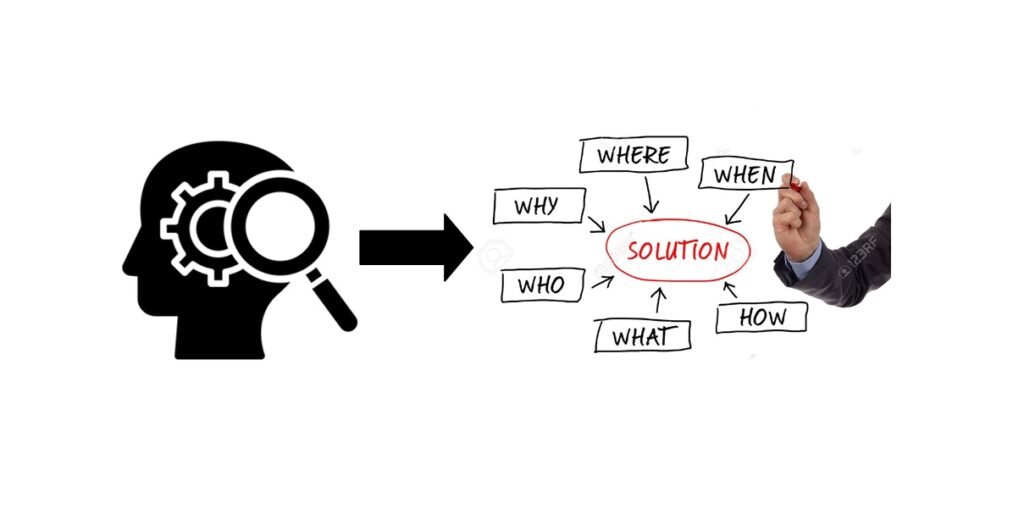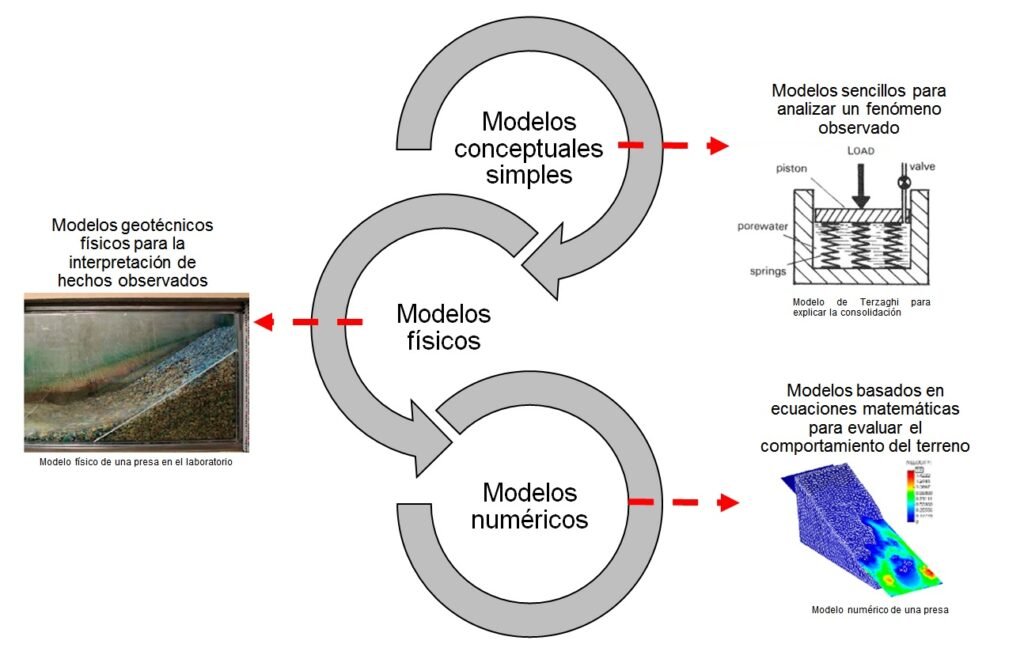

Simple conceptual models in geotechnical engineering
The phenomena that occur in the ground when it is loaded by some civil works are of an extremely complex nature. That is why, in order to analyze these phenomena, the Geotechnical Engineer resorts to simple conceptual models, based on logic, to take into account at least the most important variables involved. But, what are simple conceptual models? Read on to find out...
Good practice and the engineer's judgment
As it is logical to suppose, the learning associated with the foundations of man-made structures was initially based on empirical rules, developed by trial and error. Subsequently, a process of induction began, in which, from the observation of particular facts, an attempt was made to decipher laws or general criteria.
This gave rise to a set of rules of good practice, which basically consisted of employing the various technologies within the previously successfully tested application ranges, and taking special precautions when they inevitably had to be exceeded (De Fries, 2008).
Although the advent of the Scientific Method and the tools provided by Geotechnical Engineering represented a powerful boost, uncertainty remains a common factor in geotechnical projects. That is why many design decisions in complex projects require the application of both the engineer's judgment and the rules of good engineering practice in order to ensure the functionality of the structure during its useful life.

Figure 1 The engineer´s judgment (Source: taked from https://www.google.com/).
And for this, models are particularly useful...
Conceptual, physical and numerical models
But, what is a model? Basically, it is a sufficiently simple mental or logical structure used to intuit the most important mechanisms and variables involved in a given phenomenon; and, at the same time, sufficiently complex to take into account the most important of these variables.
These mental structures (i.e., these models) guide observation, allow the validation of working hypotheses, and transform the observed facts into values of variables or parameters that can be compared or extrapolated.
In Geotechnical Engineering, three types of models are used, as shown in Figure 2.

Figure 2 Models used in Geotechnical Engineering
Simple conceptual models (SCMs) are undoubtedly the most important, since they are the ones that the geotechnical engineer formulates to understand each new fact observed, or to deepen the analysis. Thus, the development of these SCMs constitutes a crucial phase of the geotechnical interpretation.
Some simple conceptual models in Geotechnical Engineering
Geotechnical Engineering has its birth marked by two simple conceptual models proposed by Terzaghi, back in 1925: the spring model to explain the dynamics of effective stresses, and the spring model applied to the phenomenon of soil consolidation.
However, many other models form part of its conceptual skeleton, the results of which are used almost intuitively to understand the physical phenomena associated with many geotechnical problems.
Figure 3 illustrates some of the CSMs commonly used in geotechnical engineering.

Figura 3 Simple conceptual models used in geotechnical engineering (Source: modified from Grases, 1997; and Schofield & Wroth, 1968).
It is evident that the use of SCMs has served to identify the mechanisms involved, to discover and quantify the most important variables, and to transform the observations into useful lessons of general application in Geotechnical Engineering.
It also goes without saying that these simple tools allow the examination, in a short time, of numerous possibilities; and make optimal use of the creativity, imagination and experience of the Geotechnical Engineer during the crucial initial phase of any geotechnical interpretation.
This article is practically a summary of the X Gustavo Luis Pérez Guerra Conference, given by Mr. Kilian De Fries in the framework of the 50th Anniversary Conference of the Venezuelan Society of Geotechnics, held in 2008. It is an article that marked me as a Geotechnical Engineer, and that is why I wanted to share a summary of it in this post.
References
- De Fries, K. (2008) “Uso de modelos simples en la interpretación geotécnica”. Conferencia 50 Aniversario Sociedad Venezolana de Geotecnia. Caracas, Venezuela.
- Grases, J. (1997) “Acciones sísmicas, espectros de respuesta, peligrosidad y zonificación”, publicado en el libro “Diseño sismorresistente. Especificaciones y criterios empleados en Venezuela”, Academia de Ciencias Físicas, Matemáticas y Naturales, Caracas, Venezuela.
- Schofield, A. & Wroth, C. (1968) “Critical state Soil Mechanics”. Publisher: McGraw-Hill ISBN: 978-0641940484. London, UK.